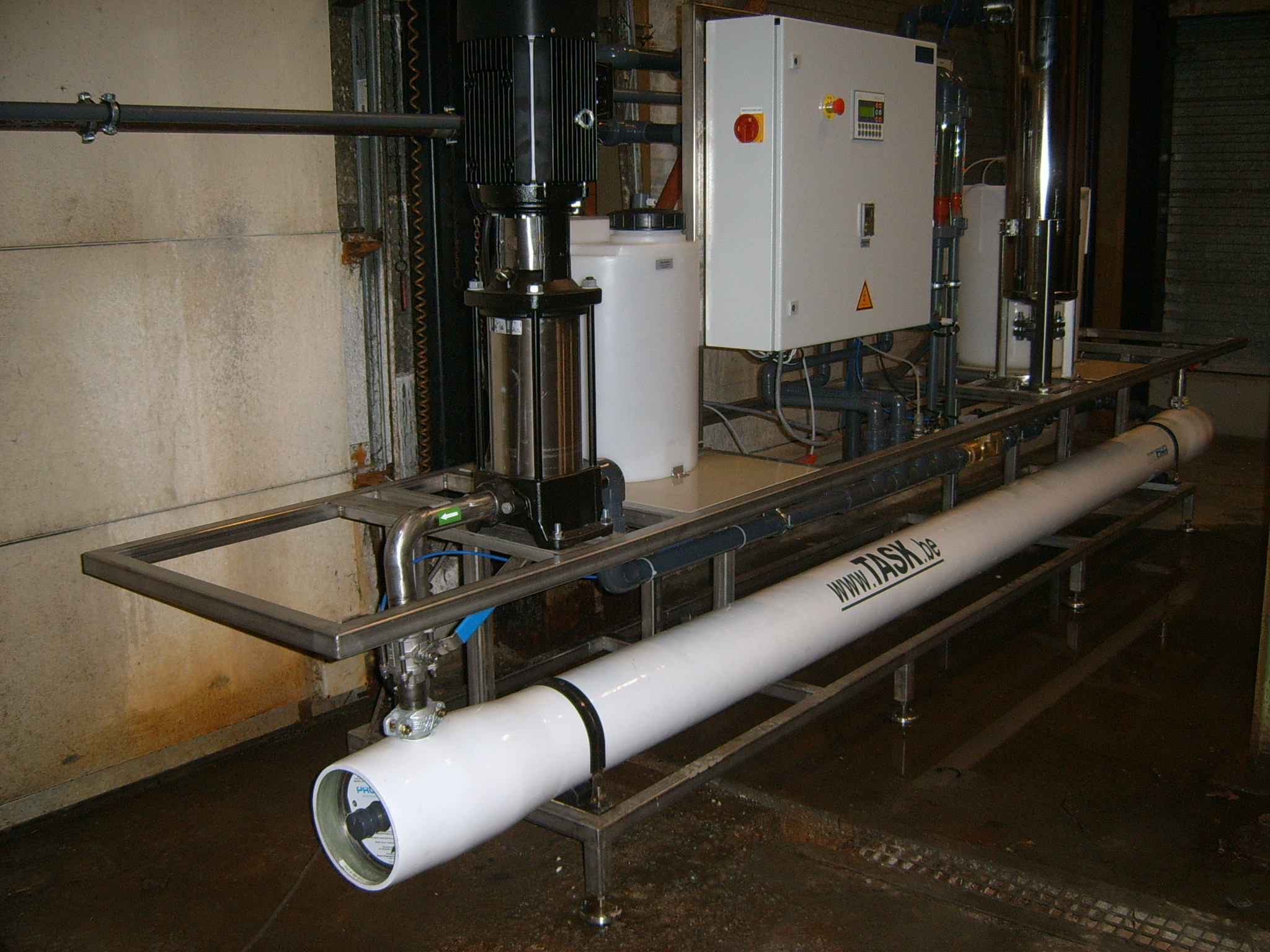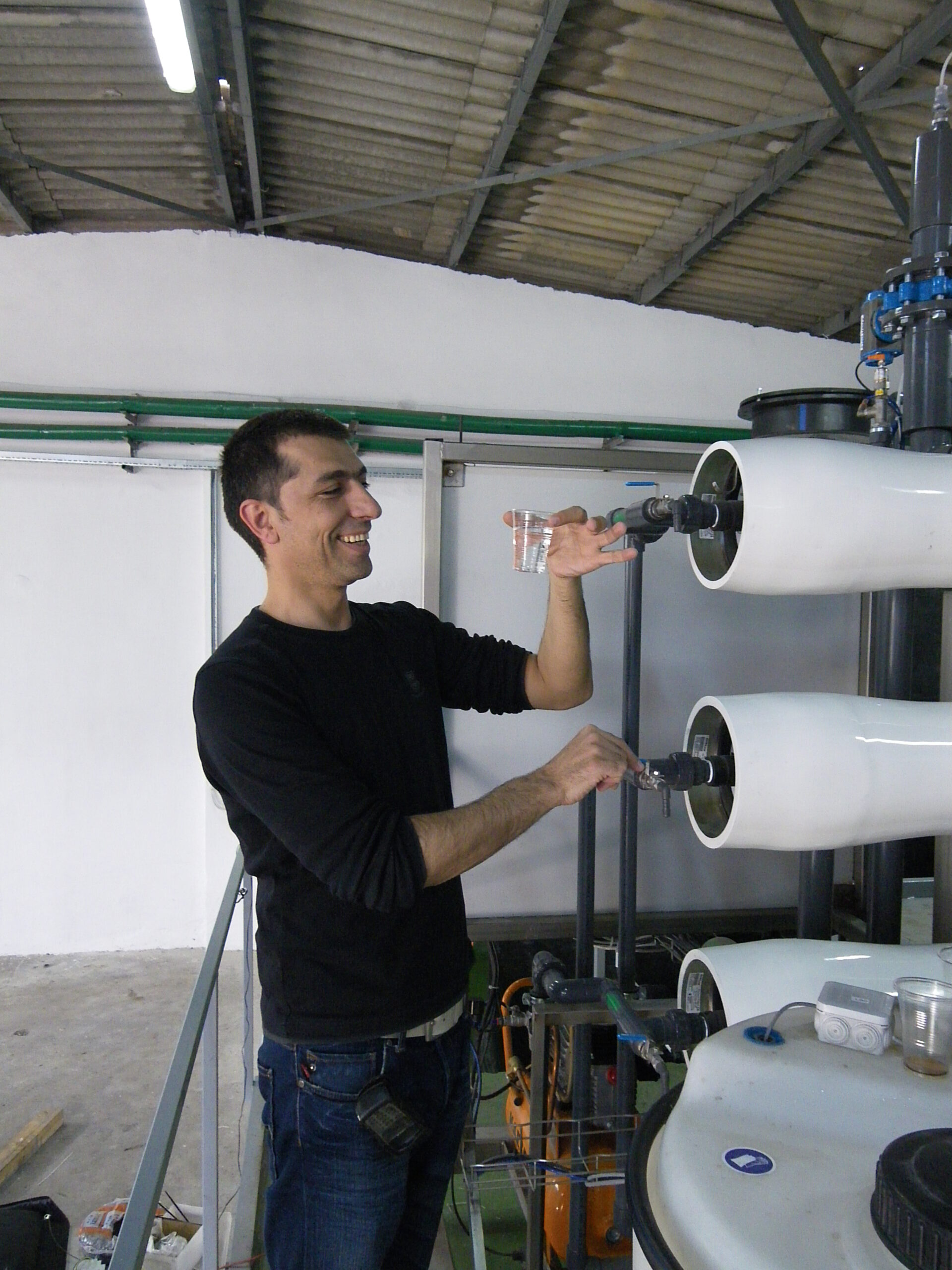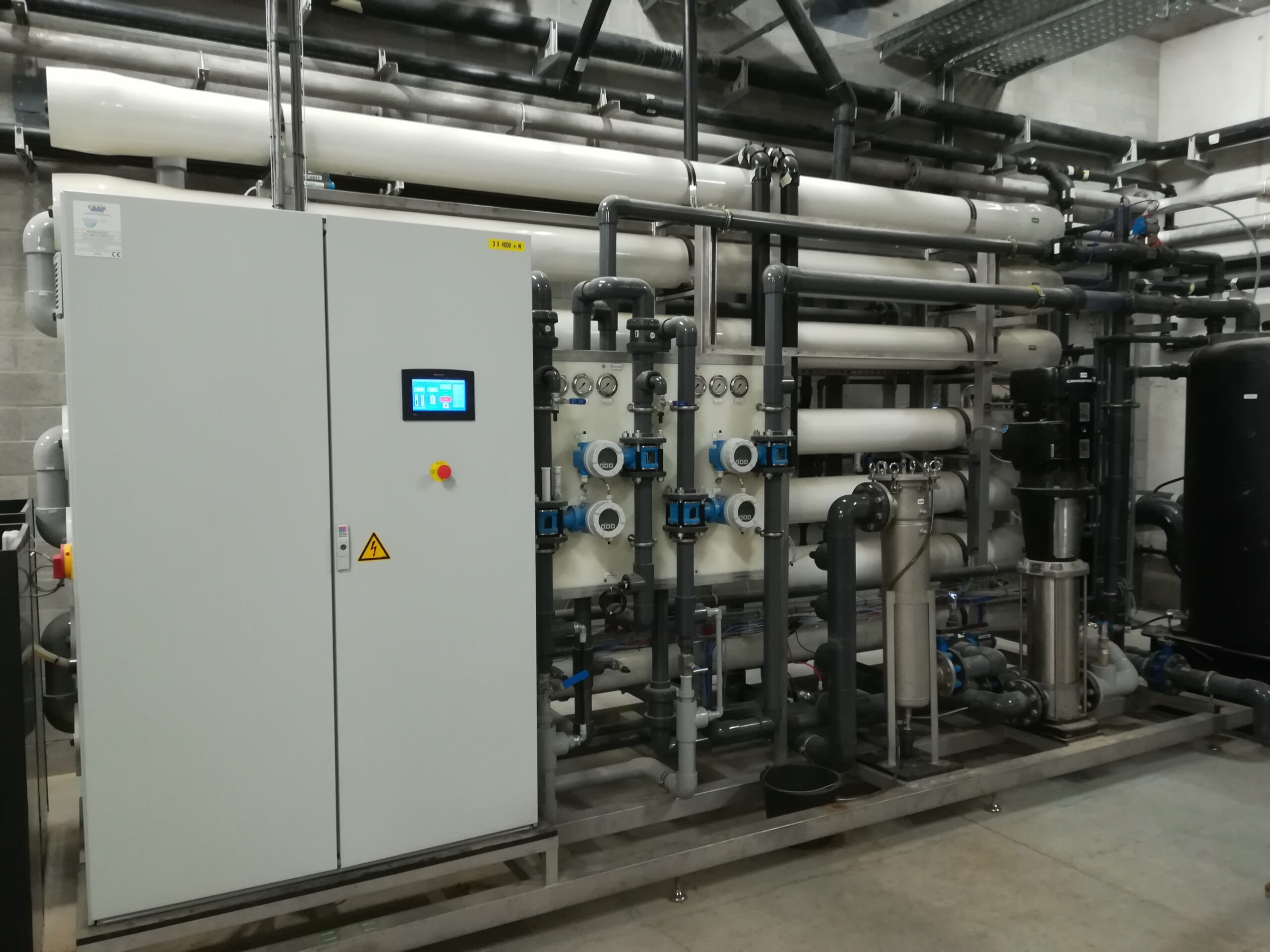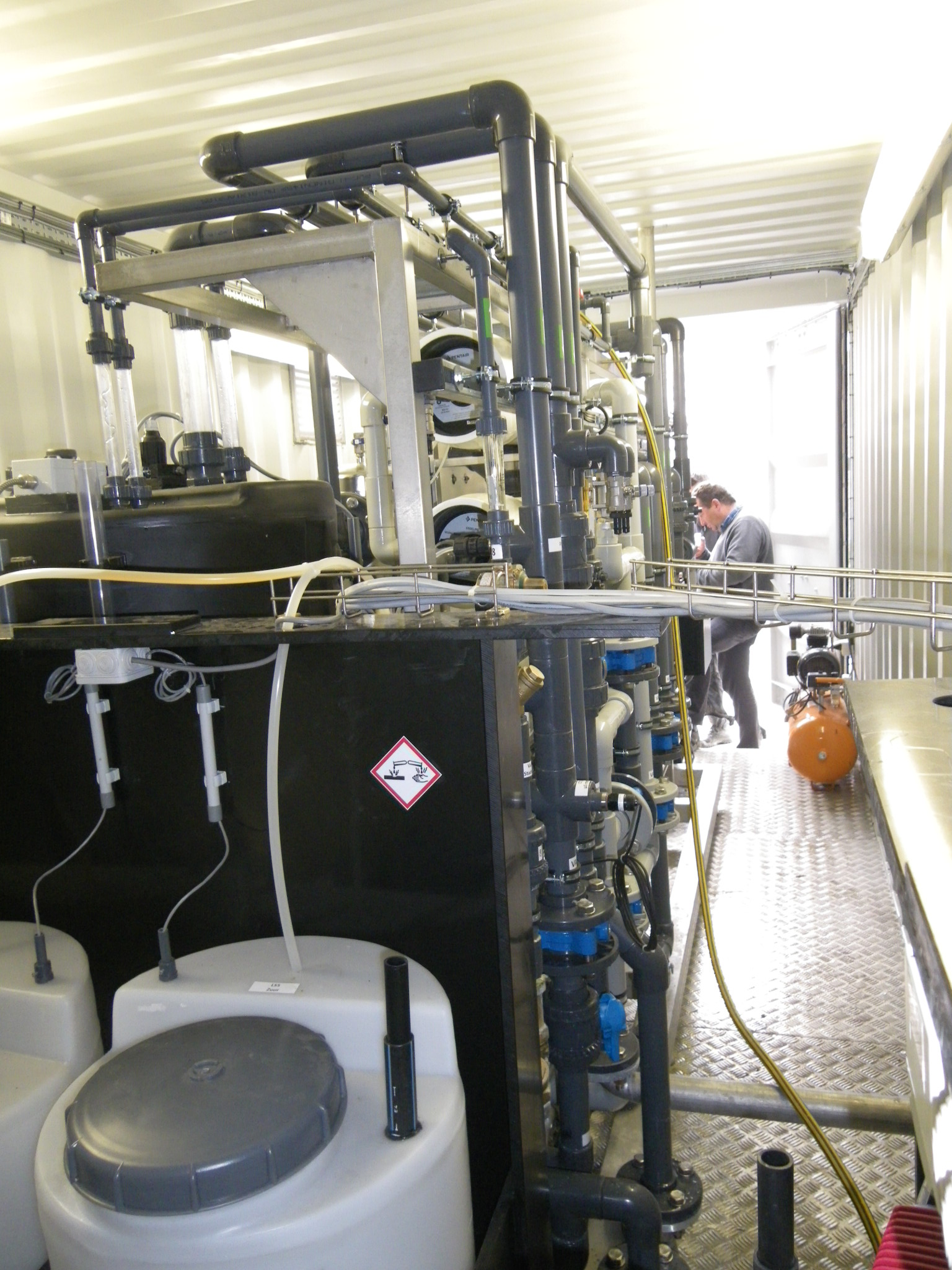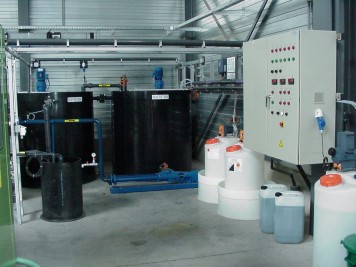Oil separator for industrial water treatment
For oil separation, you have come to the right place at TASK. We supply various types of oil separators. From the simplest oil separator, to the more sophisticated oil separators, to membrane technology for oil-water emulsions.
Oil separators are often used in process baths in the automotive and galvano industries (metal processing, coating and surface treatment of metals). Proper cleaning is fundamental to the quality of the final product. The degreasing effect of cleaning agents decreases as more oil and other contaminants (such as dust or grinding residues) enter the cleaning agent. Proper oil separation is therefore necessary.
What techniques are used in oil separation?
- Separation of free oil from various process baths, wastewater streams, …
- Separation of oil emulsions by membrane filtration (UF and NF)
- Separation of oil emulsions by gravity oil separation with or without coalescence filter
TASK proves time and again that we take all constructions and placements very seriously by meeting the required standards and obtaining the necessary certificates. We are therefore the right partner for carrying out your installation.
The most efficient oil separator
The oil can completely separate from the cleaning agent within minutes. Oils and greases are then no longer a reason to replace the cleaning agent. Our oil separators are suitable for various capacities: 200 – 400,000 L baths.
Why choose our oil separators?
fast and effective oil separation
short payback period
maximum lifespan of the cleaner
optimal quality of your finished products
low-maintenance
minimum operating costs
also effective for small installations
How does an oil separator work?
The oil separator keeps the oil content in the detergent at a very low level. The system consists of two parts: a skimmer and a separator unit.
The skimmer is mounted in the pool and moves with the liquid level. The skimmer is designed to continuously skim the top layer and prevent the formation of an oil layer.
The skimmed top layer, consisting of detergent with trace of oil, is then passed through a separator unit. In the separator, the oil is collected, concentrated and then separated in a number of steps. The cleansed cleaning agent is returned through the bottom section.
Advantages of an oil separator
In conventional separators, an oil layer remains floating on the cleaning agent. This gives the dirt in the oil plenty of time to sink into the cleaning agent. The installation becomes dirty, the cleaning effect decreases, the end products become less pure! Due to the sophisticated construction of the oil separator, the top layer is quickly drained to a second compartment where the oil is separated from the cleaning agent within minutes.
Without oil separation, this effect is noticeable very quickly, necessitating a bath renewal. Skimmers or conventional oil separators improve the situation only slightly. We have special oil separators in our range that allow the cleaner to be used up to 4 times longer.

Featured Projects
Would you like more information or a quote?
Talk to us about your problem. We will take the time to go over your project together. Our many years of experience allow us to quickly work out the right solution to your problem.





